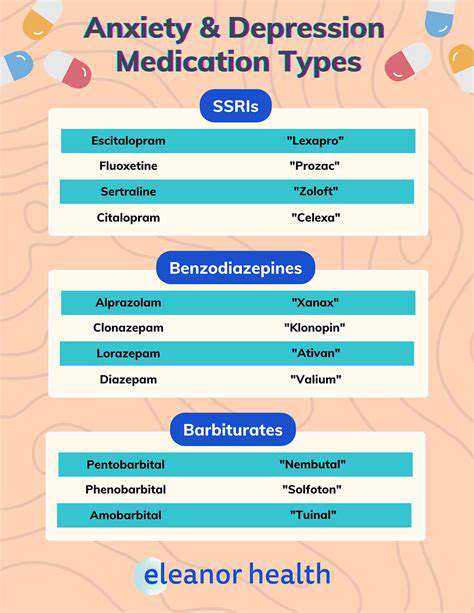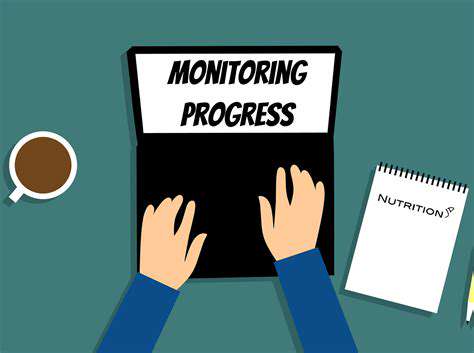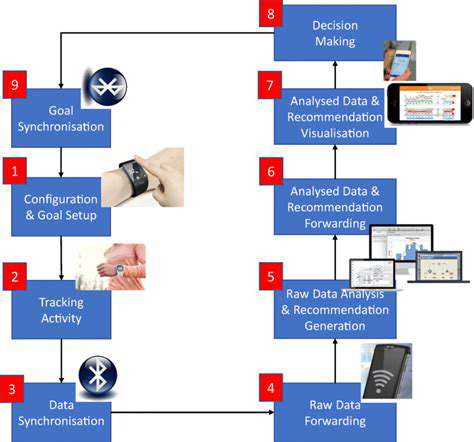The Science of Handwriting: What Your Pen Strokes Reveal
The Limitations of Graphological Analysis: A Word of Caution
Understanding the Scope of Graphological Analysis
Graphological analysis, the study of handwriting to infer personality traits and character, is a fascinating field. It draws on the idea that subtle characteristics in handwriting can reveal deeper psychological aspects. However, it's crucial to understand that graphological analysis is not a precise science, nor should it be used as a definitive tool for assessment. Its value lies primarily in its potential as a supplementary tool, not a primary diagnostic method.
While some correlations might appear suggestive, these findings are often based on subjective interpretations and lack the rigorous scientific validation of other psychological assessment methods. The potential for bias and misinterpretation is significant, making graphological analysis a tool with limited reliability in a clinical context.
The Subjectivity of Interpretation
One of the most significant limitations of graphological analysis is its inherent subjectivity. Different analysts can interpret the same handwriting sample in vastly different ways, leading to inconsistencies in results. This subjectivity arises from the complex interplay of individual biases and the lack of a standardized, objective framework for analysis. There's no universally agreed-upon set of rules or criteria for judging the significance of various handwriting features.
The absence of a standardized protocol makes it difficult to compare results across different graphologists, significantly hindering the reliability and validity of the analysis.
The Lack of Empirical Evidence
Unfortunately, the scientific backing for graphological analysis is quite weak. There's a dearth of robust, empirical research to support the claims made by proponents of this method. Many studies that have attempted to demonstrate correlations between handwriting and personality traits have yielded inconsistent or inconclusive results. This lack of rigorous scientific validation casts doubt on the accuracy and reliability of graphological conclusions.
Cultural and Environmental Influences
It's essential to acknowledge that handwriting styles are significantly influenced by cultural norms and environmental factors, such as the specific educational system a person experienced. A particular writing style might not inherently reflect a specific personality trait but rather a learned or adopted characteristic. Furthermore, factors such as stress, fatigue, and the type of writing instrument used can also influence the appearance of handwriting, creating extraneous variables that can distort interpretations.
The Danger of Misinterpretation and Misuse
Graphological analysis can be misused if taken as a definitive assessment tool, especially in serious contexts like job selection or clinical diagnosis. The potential for misinterpretation and the application of biased judgments can lead to unfair or inaccurate conclusions. It's crucial to remember that handwriting analysis should never replace more rigorous and scientifically validated assessment methods.
Misinterpretations can have serious consequences, potentially leading to wrongful judgments or decisions based on an unreliable and potentially misleading method.
Confusing Correlation with Causation
A common pitfall in graphological analysis is the tendency to confuse correlation with causation. Just because certain handwriting characteristics appear to be associated with specific personality traits, it doesn't necessarily mean that one causes the other. Other underlying factors may be at play, and the observed correlation might be purely coincidental or due to confounding variables. It is vital to avoid jumping to conclusions about causal relationships based on observed correlations.











